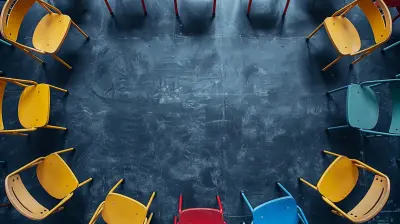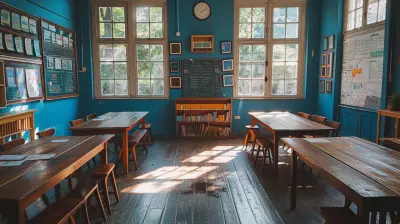Simple Science Experiments to Bring Lessons to Life
22 May 2025
Science isn't just about memorizing textbooks—it's about curiosity, discovery, and hands-on learning! And what better way to spark that curiosity than with simple, fun, and engaging science experiments? Whether you're a teacher looking to spice up your classroom lessons or a parent trying to make learning exciting at home, these easy experiments will bring science to life.
Let’s dive into some exciting science activities that will leave both kids and adults saying, “Wow, science is cool!” 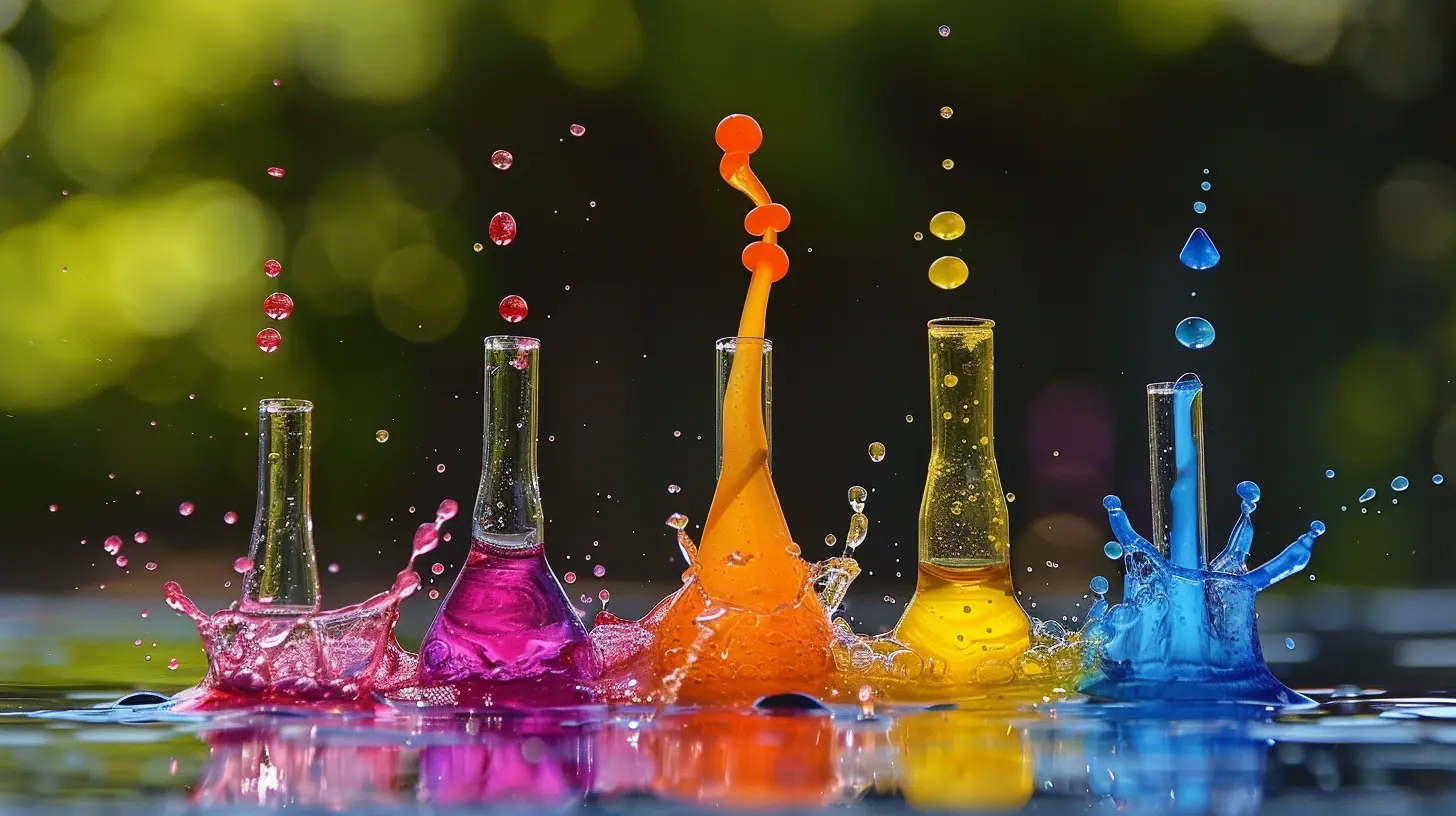
Why Hands-On Experiments Matter
Textbooks are great, but let's be honest—reading about scientific concepts isn't always enough to make them stick. When kids see, touch, and experiment, they understand rather than just memorize. Hands-on experiments:- Make abstract concepts tangible and relatable
- Encourage critical thinking and problem-solving
- Turn learning into a fun and memorable experience
- Ignite a lifelong love for science
Now, let’s jump into the experiments! 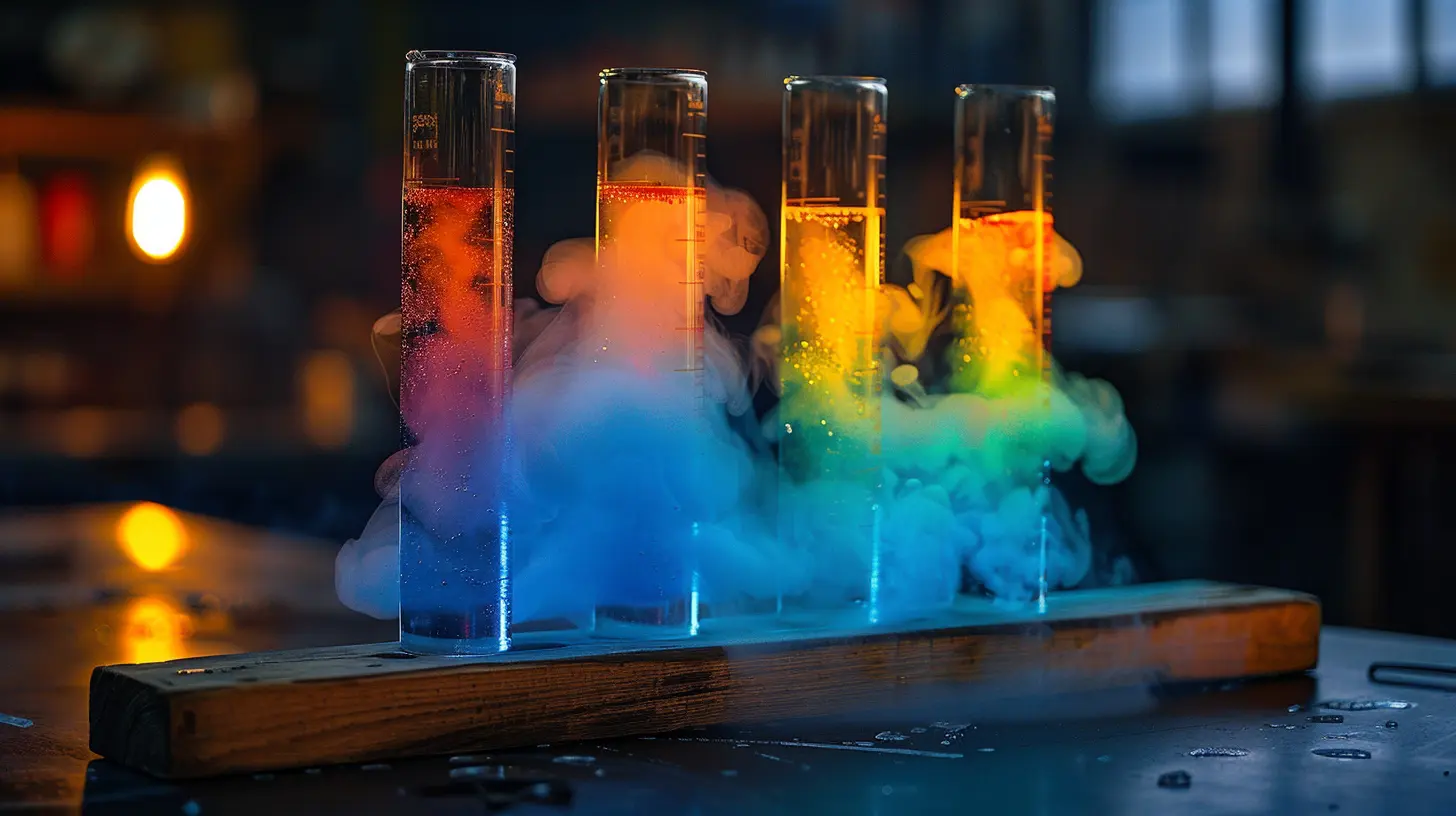
1. Magic Milk Experiment (Surface Tension & Chemical Reactions)
What You Need:
- A shallow dish- Whole milk
- Food coloring (multiple colors)
- Dish soap
- Cotton swabs
What to Do:
1. Pour milk into the dish until it covers the bottom.2. Add a few drops of different food colors into the milk.
3. Dip a cotton swab into dish soap and gently touch it to the surface of the milk.
4. Watch as the colors shoot away and swirl in beautiful patterns!
Why It Works:
Milk contains fat, and when the dish soap touches it, it breaks the surface tension, causing the colors to move around. This simple experiment demonstrates how soap interacts with fats—just like when we wash greasy dishes!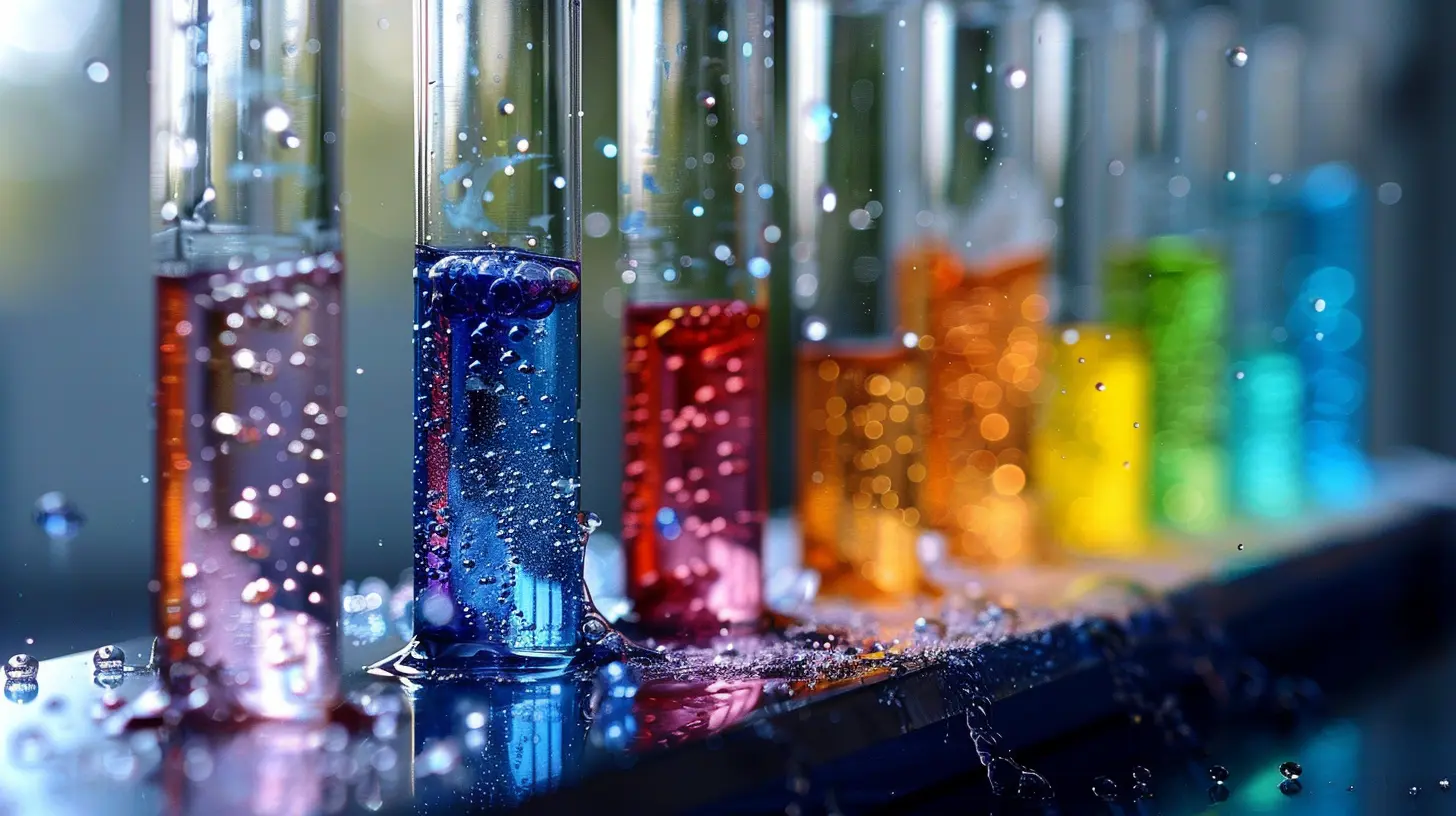
2. The Classic Baking Soda and Vinegar Volcano (Chemical Reaction)
What You Need:
- Baking soda- White vinegar
- Dish soap (optional, for foamy effect)
- Red food coloring (for lava effect)
- A small container (like a cup or mini volcano model)
What to Do:
1. Place the small container on a tray to catch any mess.2. Add a few spoonfuls of baking soda to the container.
3. Mix in a few drops of red food coloring and dish soap.
4. Pour vinegar into the container and watch as it erupts like a volcano!
Why It Works:
The baking soda (a base) reacts with the vinegar (an acid), creating carbon dioxide gas. This gas forms bubbles, causing the foamy eruption—just like a real volcano, but much safer!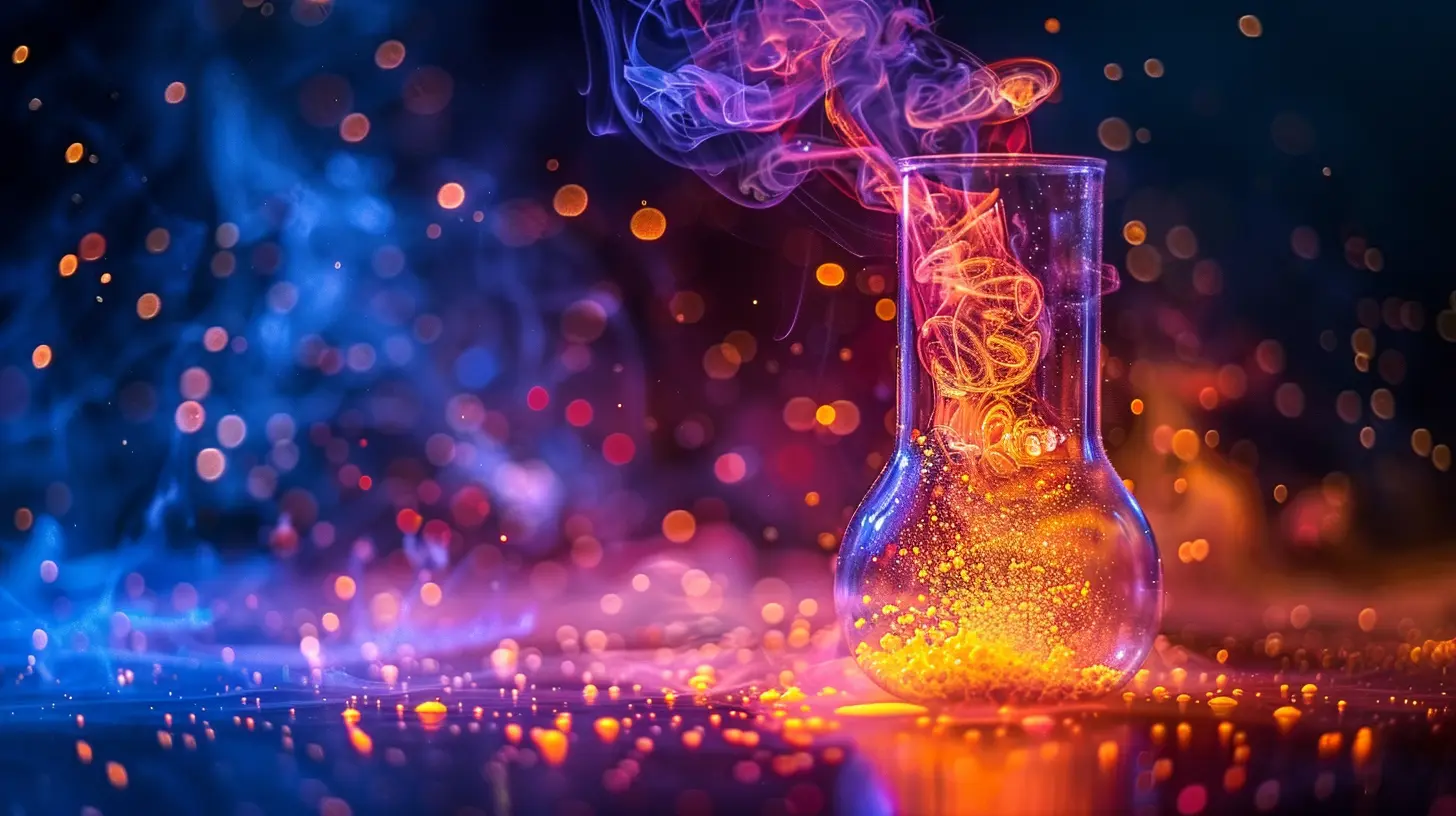
3. Walking Water Experiment (Capillary Action)
What You Need:
- 3 clear cups- Water
- Food coloring (2 different colors)
- Paper towels
What to Do:
1. Fill two cups with water and add different food colors (e.g., red and blue).2. Leave one cup empty in between them.
3. Roll up two strips of paper towel and place one end in the colored water and the other in the empty cup.
4. Wait and watch as the colors travel up and mix in the middle!
Why It Works:
The paper towel absorbs the water due to capillary action, pulling it upwards and transferring it to the middle cup, where the colors mix. This demonstrates how water moves through plants, just like how roots absorb water!4. Balloon-Powered Car (Newton’s Third Law of Motion)
What You Need:
- A balloon- A plastic bottle cap
- A straw
- Tape
- A lightweight toy car or materials to build one
What to Do:
1. Tape a straw horizontally to the top of the toy car.2. Attach a deflated balloon to the straw.
3. Blow up the balloon through the straw and pinch the end.
4. Place the car on a smooth surface and let go!
Why It Works:
Newton’s Third Law states "For every action, there is an equal and opposite reaction." As the air rushes out from the balloon, it pushes the car forward—just like a real rocket!5. Dancing Raisins (Density & Buoyancy)
What You Need:
- A clear glass- Carbonated water (or soda)
- A handful of raisins
What to Do:
1. Fill the glass with carbonated water.2. Drop in a few raisins.
3. Watch as they sink, rise, and dance around!
Why It Works:
The tiny bubbles cling to the raisins, making them float. Once the bubbles pop, the raisins sink again, repeating the cycle. It’s a fun way to see buoyancy in action!6. Invisible Ink (Acid-Base Reaction)
What You Need:
- Lemon juice- A cotton swab
- White paper
- A heat source (hairdryer or lamp)
What to Do:
1. Dip a cotton swab in lemon juice and use it to write a secret message on the paper.2. Let it dry completely.
3. Hold the paper near a warm light bulb or use a hairdryer to reveal the message!
Why It Works:
Lemon juice is slightly acidic and weakens the paper. When heated, the acid oxidizes and turns brown, revealing the hidden message—just like old pirate treasure maps!7. Straw Through a Potato (Air Pressure & Force)
What You Need:
- A raw potato- A plastic straw
What to Do:
1. Hold the potato in one hand.2. Grip the straw tightly, keeping it straight.
3. Use a quick stabbing motion to push the straw through the potato.
Why It Works:
The air inside the straw provides structural support, preventing it from bending. When you move fast enough, the force allows the straw to pierce through the potato like magic!Science Is All Around Us!
See? Science isn’t just something you read about—it’s something you do! These experiments help bring lessons to life, making education interactive, exciting, and memorable.Whether it's color-changing milk, dancing raisins, or a homemade rocket car, these activities prove that science is full of surprises. So get your hands dirty (not too dirty, though), start experimenting, and have fun learning!
all images in this post were generated using AI tools
Category:
Classroom ActivitiesAuthor:

Madeleine Newton
Discussion
rate this article
3 comments
Davina Taylor
What a fantastic collection of experiments! Bringing science to life in such fun and interactive ways can really ignite curiosity in students. I can’t wait to try these at home with my kids—thanks for sharing these inspiring ideas!
June 9, 2025 at 12:39 PM

Madeleine Newton
Thank you! I'm thrilled you found the experiments inspiring—enjoy exploring them with your kids!
Sable McAnally
Science isn't just a subject; it's a way of understanding the world. These experiments are a gateway to curiosity and creativity, proving that learning can be vibrant and engaging. Don't shy away from messy hands and big questions—embrace them! Real learning happens when we explore boldly and fearlessly.
June 2, 2025 at 4:05 AM

Madeleine Newton
Absolutely! Embracing curiosity and hands-on exploration truly transforms scientific learning into an exciting adventure. Let's inspire more bold discoveries!
Selina Hines
Great article! Simple experiments truly ignite curiosity and deepen understanding in young learners.
May 27, 2025 at 11:24 AM

Madeleine Newton
Thank you! I'm glad you found the article inspiring. Simple experiments can really make learning engaging for kids!


